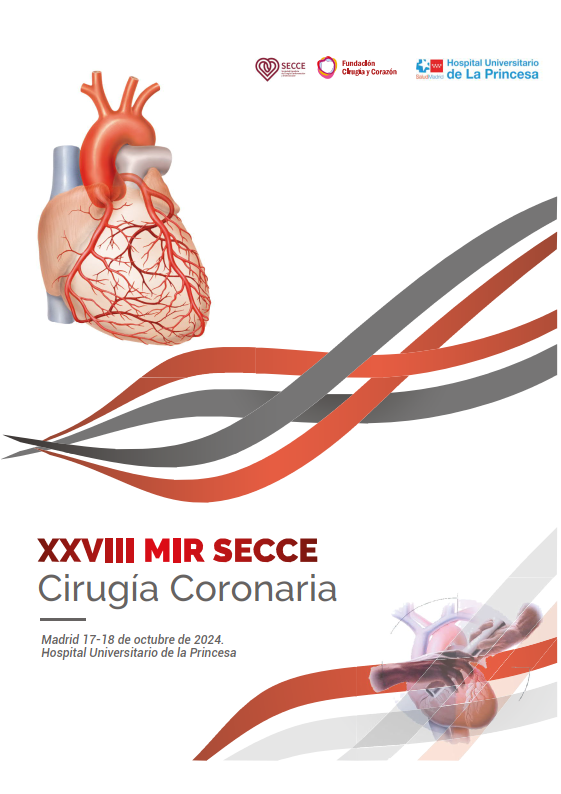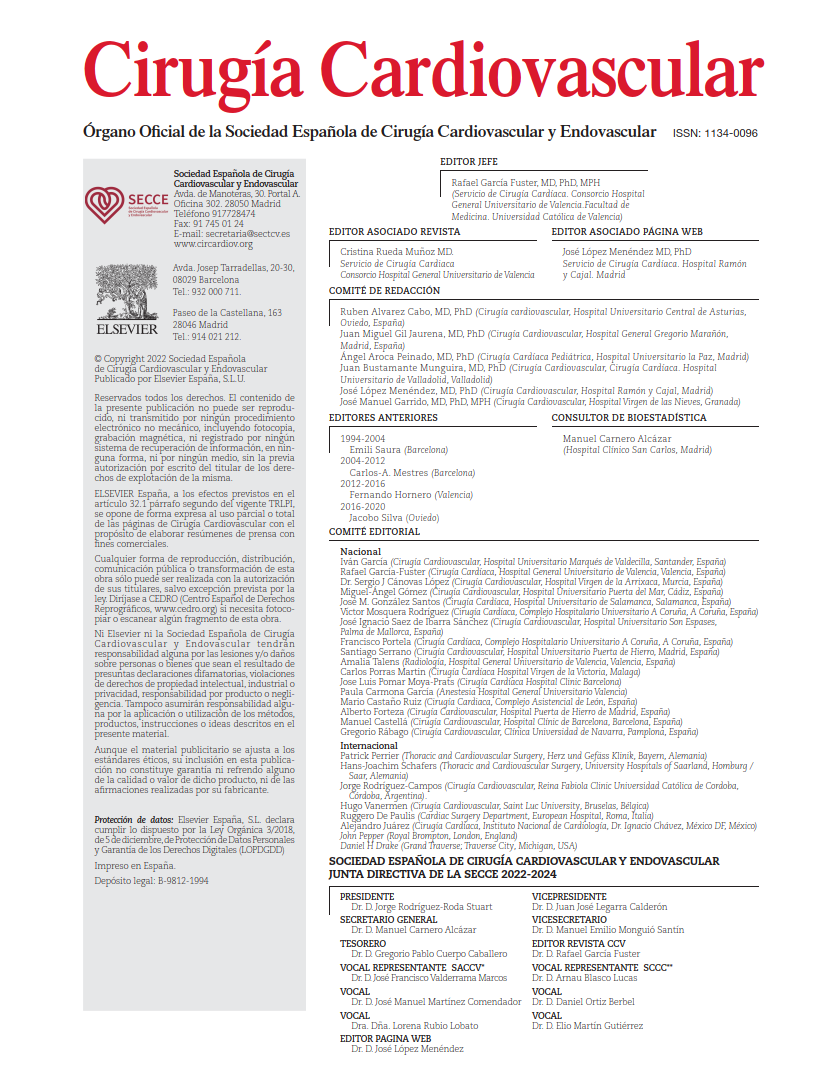This commentary is not a conventional scientific analysis; it does not compare groups or discuss outcomes. Instead, it examines the framework within which new technologies for heart valve prostheses are developed and studied. Special emphasis is placed on the limitations of the current design of this framework for the pediatric population and the need to establish a specific framework tailored to this patient niche. As a consequence of this lack of specificity, children with valvular disease do not receive devices designed for their condition and must rely on patches or off-label use of other prostheses developed for adults with acquired heart disease.
I: valve design and evaluation
CHD is the most common congenital defect worldwide, and its prevalence has doubled over the past two decades. More than one-quarter of these cases involve valvular disease affecting any of the four heart valves. It is therefore unsurprising that a wide range of surgical techniques exists within CHD surgery to repair or restore valves. From the Ross/Ross-Konno procedure—an attractive option for aortic valve replacement but highly complex, especially for reoperations—to partial heart transplantation, the Ozaki technique, the Cone procedure for Ebstein’s anomaly, and countless valve repair methods including annuloplasty, chordal reconstruction, and pericardial patch extensions. All these options belong in the congenital cardiac surgeon’s armamentarium and share a single goal: to avoid implanting a valve prosthesis. Mechanical prostheses in children pose the well-known issue of lifelong anticoagulation, with its inherent risks: bleeding, thromboembolic complications, suboptimal anticoagulation management, and the limited availability of small sizes. Conversely, using bioprosthetic valves results in accelerated structural deterioration due to higher physical and metabolic demands. Thus, a bioprosthesis that would last more than 15 years in an adult, would likely deteriorate in less than five in a child. Unfortunately, some valves cannot be repaired, and prosthetic implantation becomes inevitable.
All valve prostheses share a common problem: the inability to grow alongside the child’s somatic development. Considering that valve annuli double in size between ages 2 and 20, implanting a prosthesis during this period inevitably leads to future reoperations. This should not necessarily be viewed as a therapeutic failure but rather as a bridge therapy until a definitive prosthesis size is reached. Depending on the implantation age, the expected functional life varies. For example, two years of durability may be acceptable for a prosthesis implanted during the neonatal period.
Therefore, the evaluation standards designed for acquired heart disease are not suitable for congenital patients, especially children. These requirements are specified in ISO 5840, recognized by the FDA and most regulatory bodies worldwide. The preclinical evaluation requirements are detailed in ISO 5840 Parts -1, -2, and -3. These essentially encompass both in vitro and in vivo studies, including short- and long-term assessments. Regarding in vivo preclinical studies, most are performed in healthy animals, although specific disease models could be more informative. In this context, where patients have not completed somatic growth, it is crucial to use animal models at a comparable developmental stage. ISO 5840 recommends a 20-week animal survival period for valve prostheses intended for adult patients. However, if the expected durability of pediatric prostheses as bridge therapy is lower, such lengthy and costly study periods may not be necessary.
Future valve prostheses differ from those we know today. In this regard, new research focuses on:
- Silicone and urethane polymer valves featuring thinner leaflets than conventional pericardium while offering greater durability. Due to their hydrophobic composition, these materials are more biostable and resist calcification and thickening. Currently, no protocol exists to evaluate such materials, and it is essential to rule out material toxicity before clinical use as valve prostheses. Additionally, the durability of current prostheses is tested by assessing performance over 600 million cycles, equivalent to 15 years of use. For children, where the prosthesis serves as a bridge therapy, it may be unnecessary to reject devices that withstand fewer cycles. In these patients, replacement typically occurs due to somatic growth rather than prosthesis failure.
- Expandable frame prostheses also exist, designed to be gradually enlarged as the patient grows. Evaluating these devices is challenging, as it requires assessing mechanical integrity and durability across the full size range.
- The concept of endogenous tissue restoration has enabled the development of bioresorbable prostheses. Using polymers classifies them as medical devices, thus allowing evaluation within the specific framework. However, assessing these prostheses is extremely challenging due to their dynamic nature. Within minutes of blood contact, they become colonized by the patient’s cells, altering their composition and physical properties. Data from in vitro models are limited, and animal models are inadequate due to interspecies differences in polymer degradation capacity.
- Tissue-engineered prostheses are classified as biological products and fall outside the scope of ISO 5840. These devices go a step further than bioresorbables: host cells colonize the scaffold and remodel it, resulting in a final product that differs entirely from the original construct.
II: market entry
After in vitro and in vivo testing, valve prostheses must undergo pre-market and post-market clinical evaluations. Unlike the large-scale clinical trials typical in acquired heart disease, the pediatric population is smaller and highly heterogeneous, often presenting with various coexisting anomalies and mixed valve lesions (stenosis and regurgitation). Moreover, the low incidence of short-term adverse events makes product evaluation particularly challenging.
In the United States, to obtain approval for a Class III high-risk medical device—such as a valve prosthesis—pre-market approval is required. This is achieved through a prospective clinical trial investigating the specific device. An alternative route is the Humanitarian Device Exemption (HDE) program, applicable when the condition being treated is rare and affects fewer than 8000 Americans annually.
Given the challenges of initiating clinical trials in the pediatric population, the Breakthrough Devices Program was established in 2016 to streamline regulatory processes and generate evidence to enable earlier patient access. In some cases, international collaborations have been formed to gather evidence and secure simultaneous certification in multiple countries.
Regarding post-market studies, international registries must be utilized to generate sufficient patient volume, ensuring that analyses yield statistically meaningful results.
COMMENTARY:
Sometimes, fighting for our patients starts long before they reach the operating table, the hospital, or even before they are born. Sometimes, we must step out of our clinical comfort zone and address issues of legislation and regulation. We must demand appropriate therapies for pediatric patients and stop viewing them as merely miniaturized adults. Their pathophysiology is different, their treatment strategies are different, and therefore, the devices should be different too. These devices must reach children in a timely manner and should not be evaluated using standards designed for acquired heart disease.
Times have changed; today, neither Marian Ionescu could be the father of bioprostheses, nor would Jack Bokros be allowed to use pyrolytic carbon for mechanical valves without navigating the ISO 5840 framework and the pre- and post-market studies mandated by regulatory agencies. My intention is not to discredit these processes—they make the technology we implant safer for our patients. In pediatric heart disease, however, the extensive list of regulatory requirements risks making agencies the main actors instead of the patients themselves. This must not be allowed to happen; changing the paradigm is imperative.
REFERENCE:
Hofferberth SC, Kelley T, Armstrong AK, Heyninck-Jantz C, Maiorano A, Colson M, et al. Challenges in the Development and Evaluation of Pediatric Heart Valve Technologies. Ann Thorac Surg. 2025 Jun;119(6):1326-1339. doi: 10.1016/j.athoracsur.2024.11.024.



